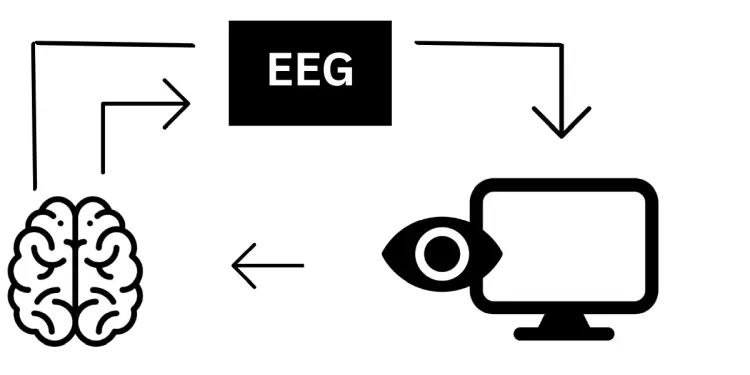Neurofeedback
A Guide to Helping Yourself
Neurofeedback therapy is considered one of today’s most innovative approaches, used to treat a wide range of physical and psychological disorders. The basic principle is that certain physical or mental states—and the behaviors that go along with them—can be linked to specific brainwave patterns. For example, migraines create recognizable brainwave signatures. Through EEG monitoring in neurofeedback sessions, these patterns are made visible—and therefore, modifiable by the patient. During therapy sessions, the patient learns how to consciously influence and change these disruptive brainwave patterns.
Neurofeedback therapy often leads to lasting results and can—in some cases—reduce or even eliminate the need for medication. It can also be used alongside other treatments to support overall health and well-being.
Applications of Neurofeedback Therapy
Neurofeedback can be used to treat a variety of physical and psychological conditions and has been supported by a growing body of scientific research.

Today, neurofeedback therapy is applied in the treatment of conditions such as ADHD, epilepsy, tinnitus, autism, stroke, addiction disorders, tic disorders and Tourette’s syndrome, anxiety disorders, migraines, depression, mood swings, and sleep disturbances.
While not a “miracle cure,” neurofeedback is a valuable and effective part of a comprehensive, integrative treatment approach.
